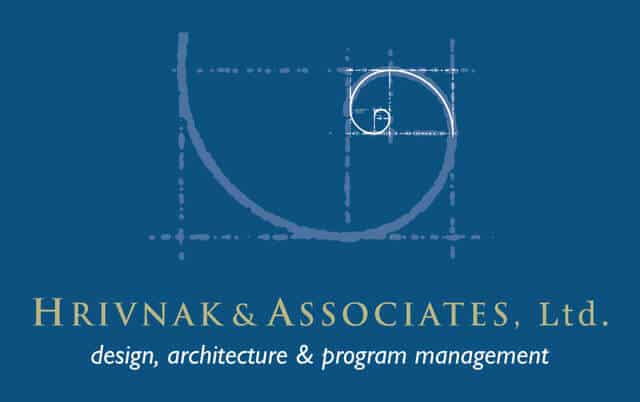Another Shade of Green: Economic Sustainability
Although many people refer to “Earth-friendly and green” when they talk about sustainability, it’s important to consider “the other green,” too: Economic sustainability. Let’s face it, my best clients are interested in their business surviving, and they should be! The good news is that those two kinds of green can support each other. I find that the second green, economic sustainability, is a good place to start. That’s because, when you have efficient operations, the right staffing levels, the right amount of space to heat and cool, you are actually going after both greens.
The problem with starting with the Earth-friendly kind of green is that it is not always sustainable. We need to think beyond the short term excitement of a LEED approach or another roof with plants on it. There can be multiple downsides, including, the weight of such roofs and birds of prey taking their dinner up there and leaving the remains. (You can get the same one point on LEED with a white PVC roof, although for the Chicago climate, black PVC would be better.)
What’s more important is to look at the project holistically, in terms of not only architectural programming, but also strategic planning, conceptual design for efficiency, and then the get into the materials and whether the sourcing will be local.
We take a long-term view. Economic sustainability goes far beyond reducing the number of kilowatt hours because you’ve gone to LED lightbulbs. Designing for the other green has more leverage.
So, when a client comes to us talking about LEED, the solutions have to make sense. An institutional project doesn’t need a sticker that says “I got green points” when it costs several hundred thousand dollars extra and causes a mess down the road. Instead, let’s look at how we can reduce utilities by that amount every month. That’s more important than whether we are using pine trees or seaweed.
